(Gerry Furth-Sides) With beef pricing soaring, pastrami sandwiches are even more dear than ever. They still make up the most decadent meals, and LA has the five best in the world. The criterion remains the same: quality hand-cut and house-cured meats and bread, and keeping the tradition real. Yet
Two are class mainstays, three are more recent menu additions. I am not alone in my opinion. After pleading my case for the Langer’s sandwiches, Nora Ephron put them into the world class category in a New Yorker article. Both it and Brent’s earned the highest marks in David Saks, SAVE THE DELI book.
First up is the newer Johnny’s Pastrami. One of the reasons thatserves up the finest pastrami Second Generation, new Chef-owner Danny Elmaleh behind the stove in the kitchen. The former historic pastrami stand on Adams Boulevard, just east of Crenshaw opened this year ago with a takeaway counter and outdoor seating areas in what was once a parking lot next door.
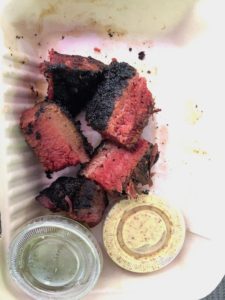
His food is just superb and straightforward and filled with bold international flavors. Chef Danny Elmaleh’s half pastrami sandwich, slaw and pickle makes a full meal from Johnny’s Pastrami Adams. There is not a lot to say about Chef Elmaleh’s straightforward pastrami “burnt ends” except that they are succulent, perfectly seasoned and lush. Pastrami ends from Johnny’s Pastrami Adams with mustard and pickle – good for two meals with coleslaw and yam fries at home
Chef Elmaleh’s interest in cross-cultural cuisine was first inspired by his experience growing up with a Moroccan father and Japanese mother. The chef’s delicate Japanese hand combined with hearty middle eastern flavors made SBE restaurant fans of us in one meal. Elmaleh trained at the prestigious Culinary Institute of America in New York and began his career at Jean Moulin in Japan, then worked in the kitchens of Ristorante Giannino in Milan and in kitchens the likes of Josiah Citrin.
Johnny’s Pastrami. 4331 W. Adams Blvd., Los Angeles.
(2)The ridiculous decadent and excellent Pastrami on Rye is my new favorite dish at The Raymond 1886 Restaurant is It is not only a new twist to the classic sandwich but a plate so bursting with melted swiss, house-made sauerkraut and Russian dressing it must be served open face. A simple salad adds the perfect neutral touch. The pastrami is so professional cured it does not tasty salty or provoke any thirst at all after the meal.
The clean-cut pastrami sandwich at in the San Antonio Winery, DTLA, is usually sold out before lunch is over. Simple and to the point, especially in the pandemic wax-paper wrapped halves with a little tub of coleslaw, all in plastic containers.
San Antonio Winery and Maddalena Restaurant, 737 Lamar Street, Los Angeles, CA 900311. (323) 223-1401. Open 9:00 am – 6:00 pm. For more information, please see //www.sanantoniowinery.com
Brent’s Delicatessen & Restaurant, located in Northridge (1967) and West Lake Village. Run by the same family since 1969 Ron’s son Brent, daughter Cari and son-in-law Marc, run the business. and now in a second generation, the second location in Westlake location has a long-time employee as a partner. Since the day it opened, the roomy, friendly place seemed as though it had been there forever.
Brent’s Deli, 19565 Parthenia St, Northridge, CA 91324, (818) 886-5679. Brent’s Deli, 2799 Townsgate Road Westlake Village, CA 91361, (805) 557 – 1882 , www.brentsdeli.com
The Pastrami with a slice of cheese and coleslaw was our Langer’s Deli regular meal in the comfortable long room with loud, friendly family service when we lived in Silverlake. We boasted it was best but the world only became aware when Nora Ephron did the same in New Yorker magazine. Try the #19 in honor of her.

Another fabulous pastrami from THE UGLY DRUM can be found at the Smorgasburg Market on some Sundays and pop-ups around the city.
And way across the country to be ordered is Zingerman’s, 422 Detroit Street, Ann Arbor, MI 48104, (734) 663-DELI (www.zingermans.com)
The addictive Black Pastrami Sandwich itself has an outlandishly wild history . For starters, pastrami traveled to America by way of Romania after being invented by the wild Turks centuries ago. Very lean dry cured beef is rubbed with a wet paste of spices, usually brine, brown sugar, garlic, black pepper, parsley, onion and cloves, and smoked.
It is then sliced thinly as possible to be packed as thickly as possible between two pieces of rye bread. If this is a trick to make the diner think it is less fat, so be it. A deli favorite from the first, its original preservative purpose has long been obsolete.
Like the goulyas (Hungarian cowboys who rode the plains and cooked the meat they stored under their saddle in kettles) it was tough Turkish horsemen who rode with this meat, the pastryma, over the steppes and plains of Eastern Europe and Western Asia.
For centuries, a spicy, smoked meat known as pastyrma in Turkey was made from Beef or camel meats. It was smoked, salted, dried, and covered with a paste of garlic, chilies, and other spices to preserve and flavor the meat. Horsemen carried the meat in special saddlebags. The pressure of the riders’ legs and the motion of riding tenderized it and worked in the spices!The resulting pastyrma (the name may be related to the Turkish word for ‘pressed’) was exceptionally tender and usually sliced thin and eaten on bread with eggs, tomatoes or in bean stew. This delicacy spread throughout the Near and Middle East and then on to eastern Europe.
In the Romanian language, the word pastrami is actually a verb. You’d say, “On Tuesday, I’m going to “pastramo the meat,” or “she would pastrama the meat.”
For the most part unknown outside of Eastern Europe until the late nineteenth century, pastrami was introduced to Americans because of a chance meeting.
In 1887 immigrant Mr. Sussman Volk, a former classy Lithuanian miller, now demoted to role of kosher butcher on New York’s Delancey Street, was determined to earn his place in history. He was not thinking about this when he stored the trunk of an immigrant acquaintance in exchange for a family pastrami recipe.
And so it was that Mr. Volk’s fell in love with the easy-care pastrami that required no refrigeration, selling it first as slabs and then between two slices of rye bread (look ma, no packaging!). It was a hit from the beginning.


















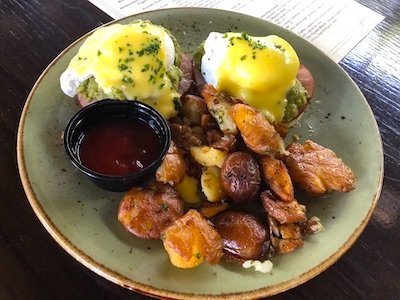










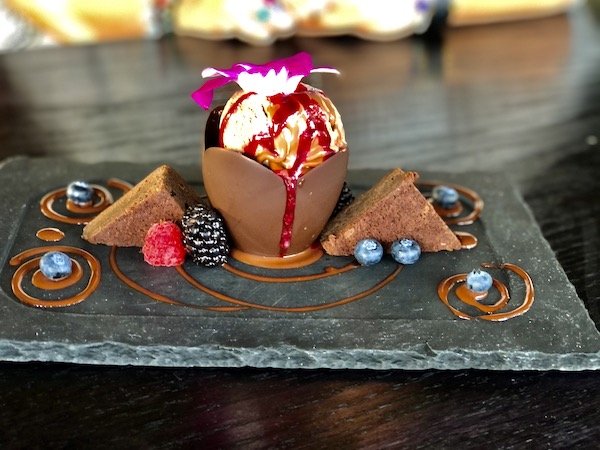


















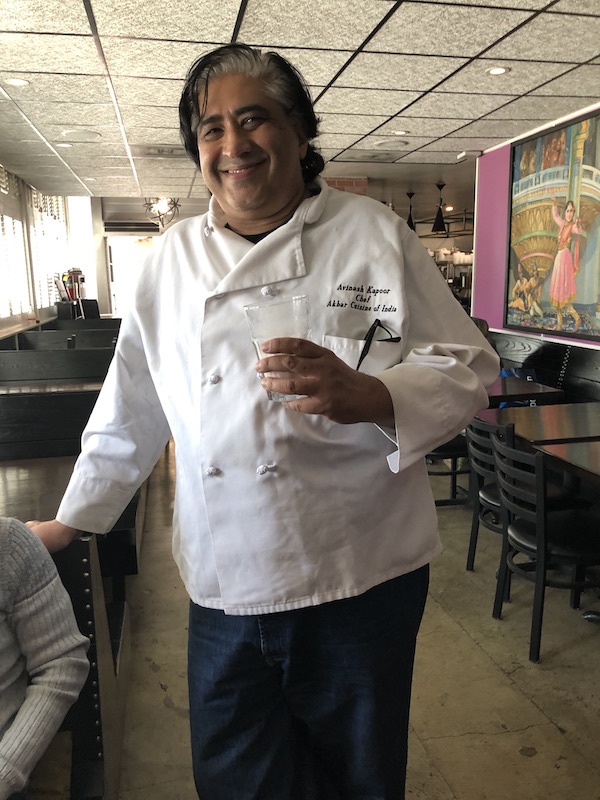




















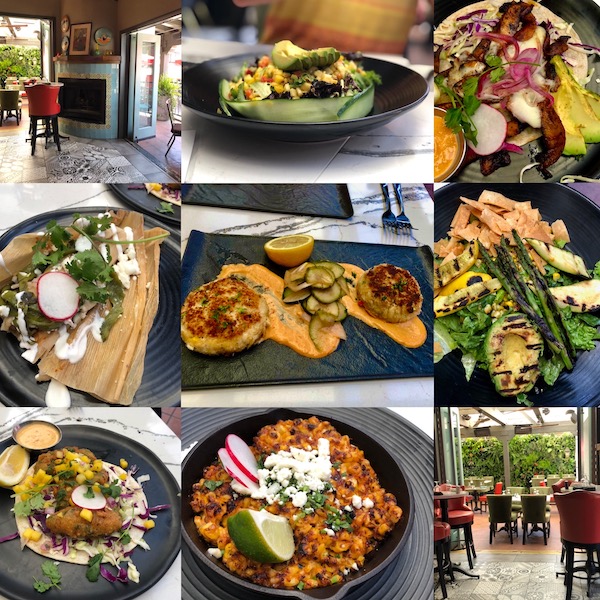
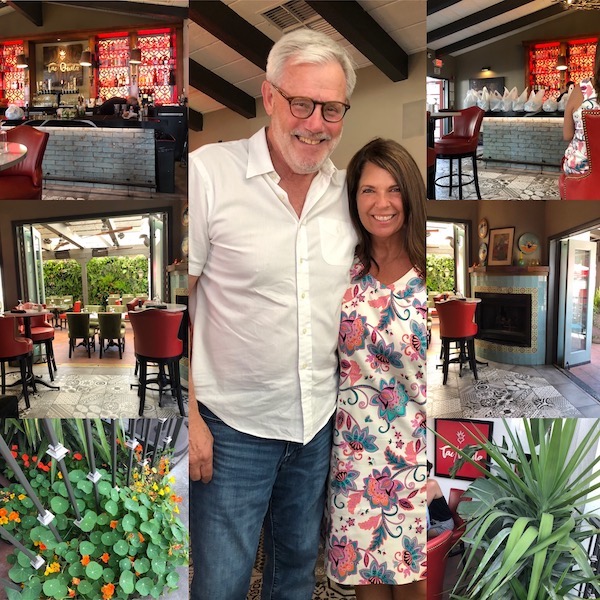


















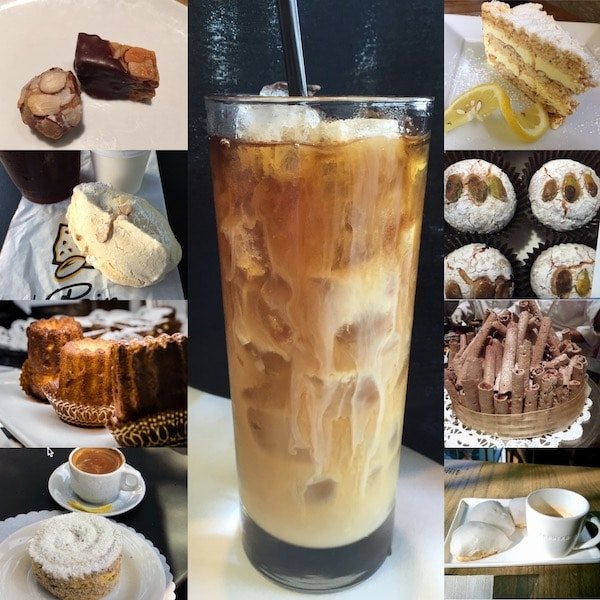

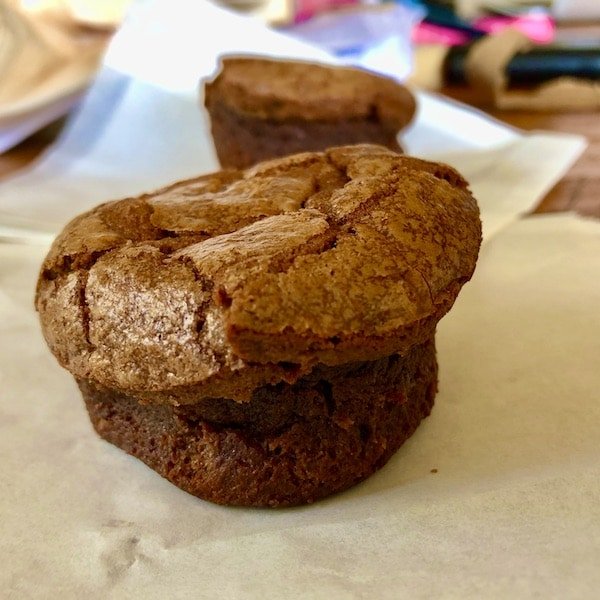









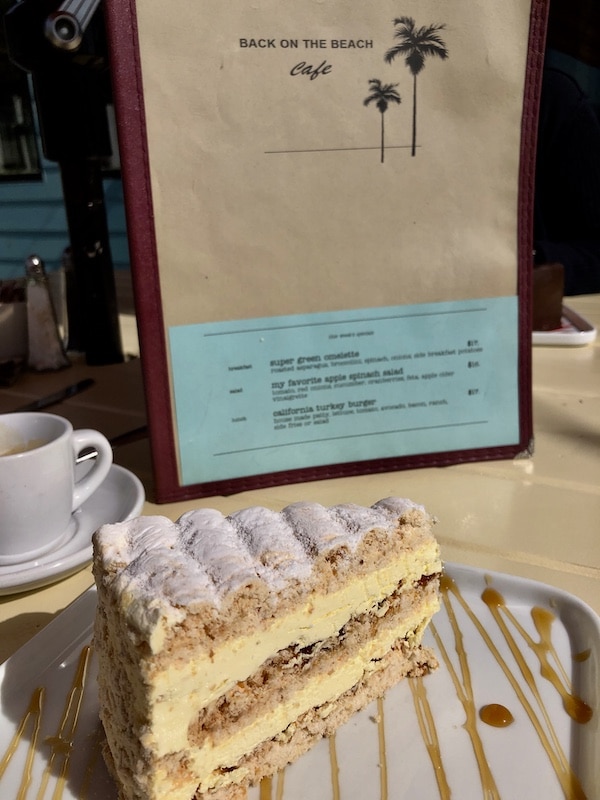



 Gerry Furth-Sides
Gerry Furth-Sides  Barbara Hansen
Barbara Hansen  Chef-owner Alain Cohen
Chef-owner Alain Cohen  Roberta Deen
Roberta Deen  Jose Martinez
Jose Martinez  Nivedita Basu
Nivedita Basu